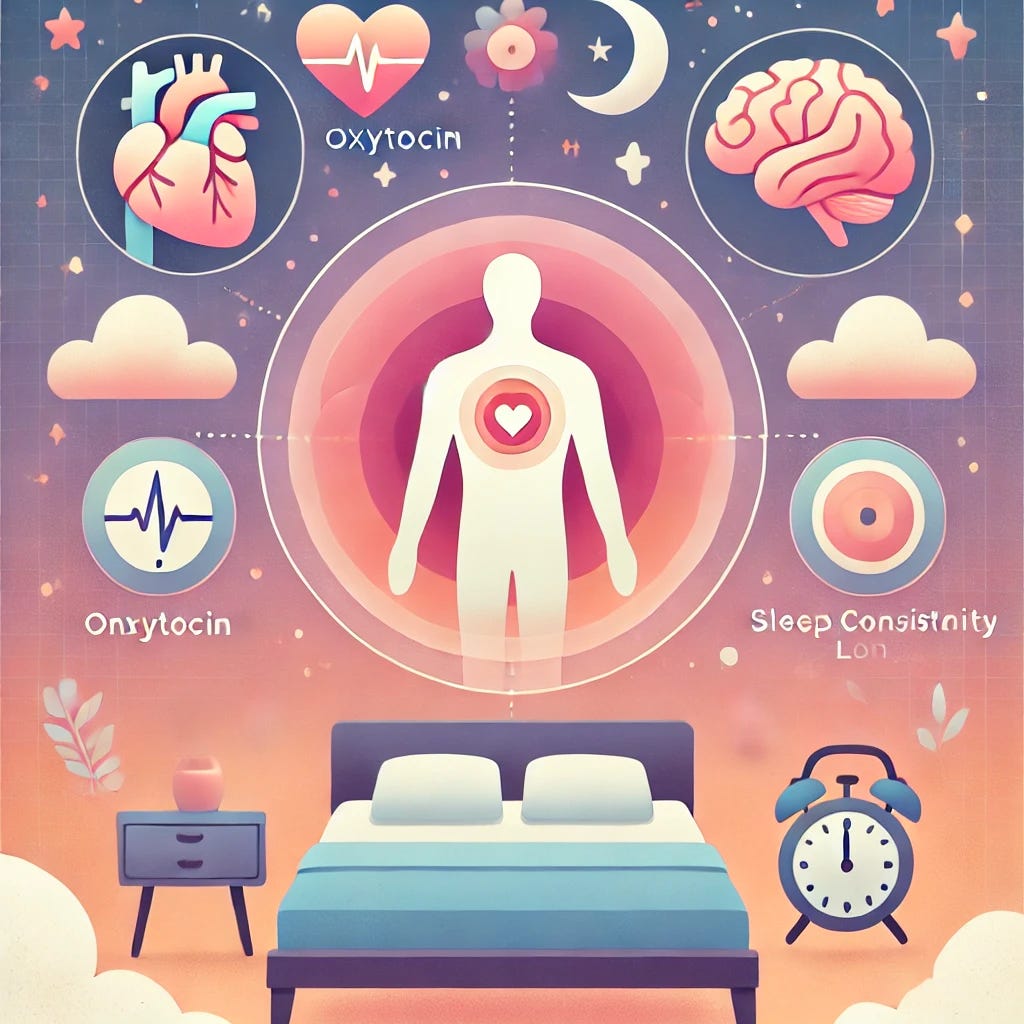Suboptimal Sleep Patterns Raise Death Risk
New findings link changing or irregular sleep durations over time to increased risk of early mortality, especially in underserved communities.
Topline
A large U.S. cohort study found that adults with unstable or consistently suboptimal sleep durations had up to a 29% higher risk of all-cause mortality, with notable impacts seen across socioeconomic and racial groups.
Study Details
The study, led by Dr. Kelsie M. Full of Vanderbilt University Medical Center, analyzed the long-term sleep patterns o…
Keep reading with a 7-day free trial
Subscribe to Just Healthcare to keep reading this post and get 7 days of free access to the full post archives.


